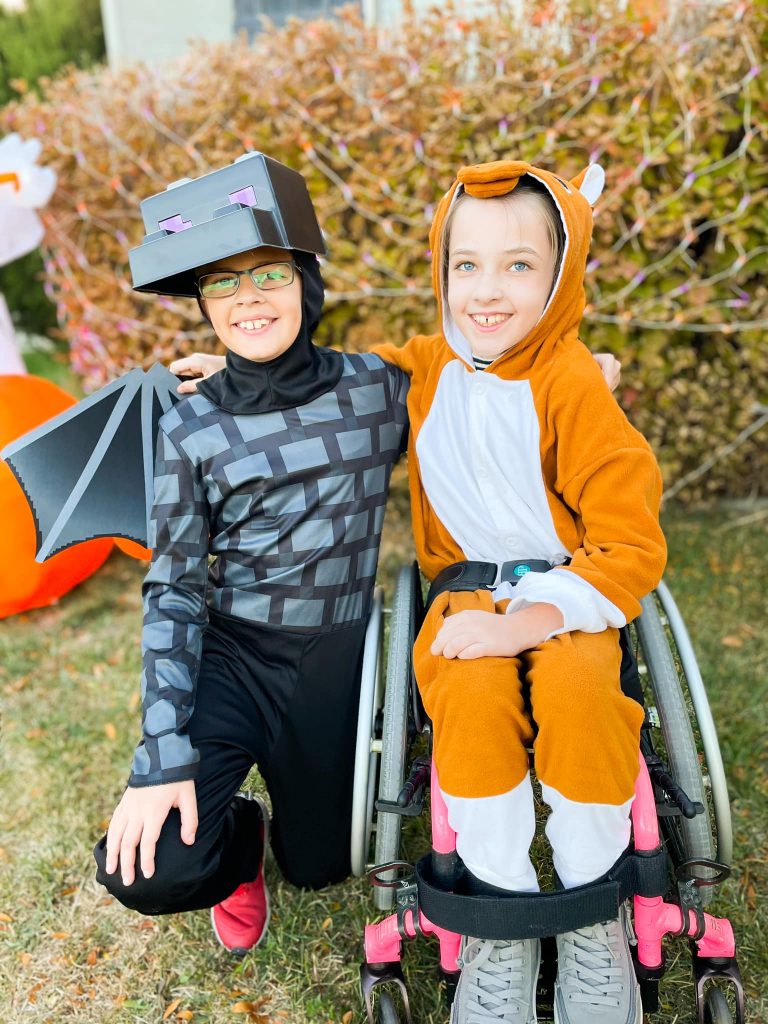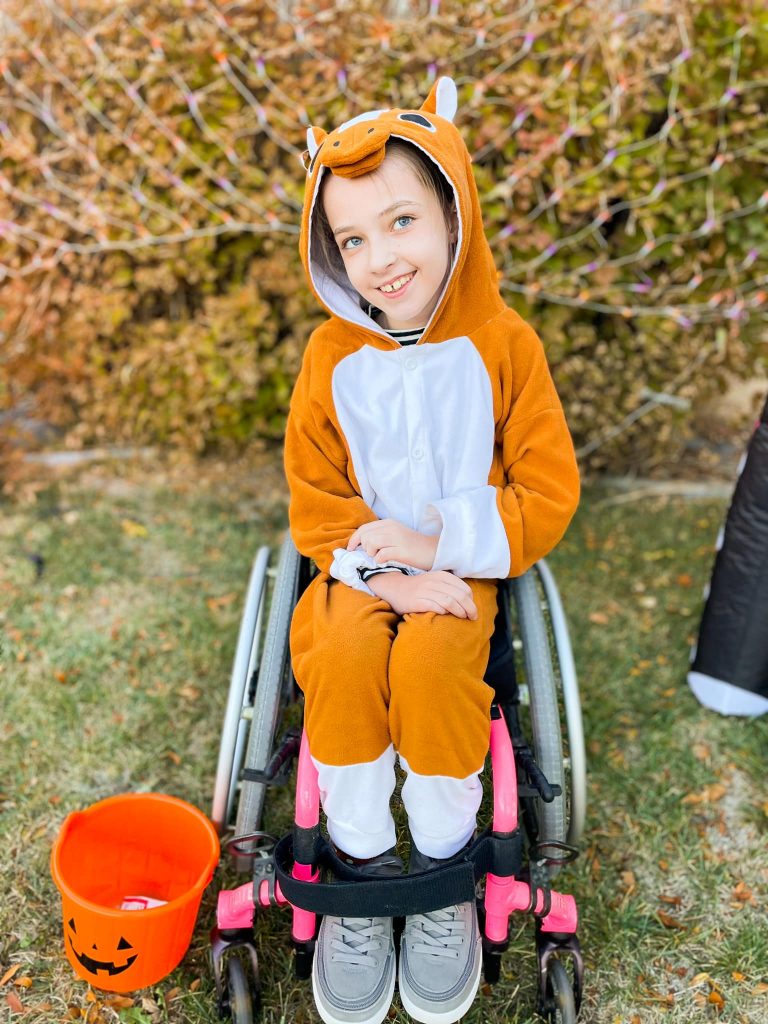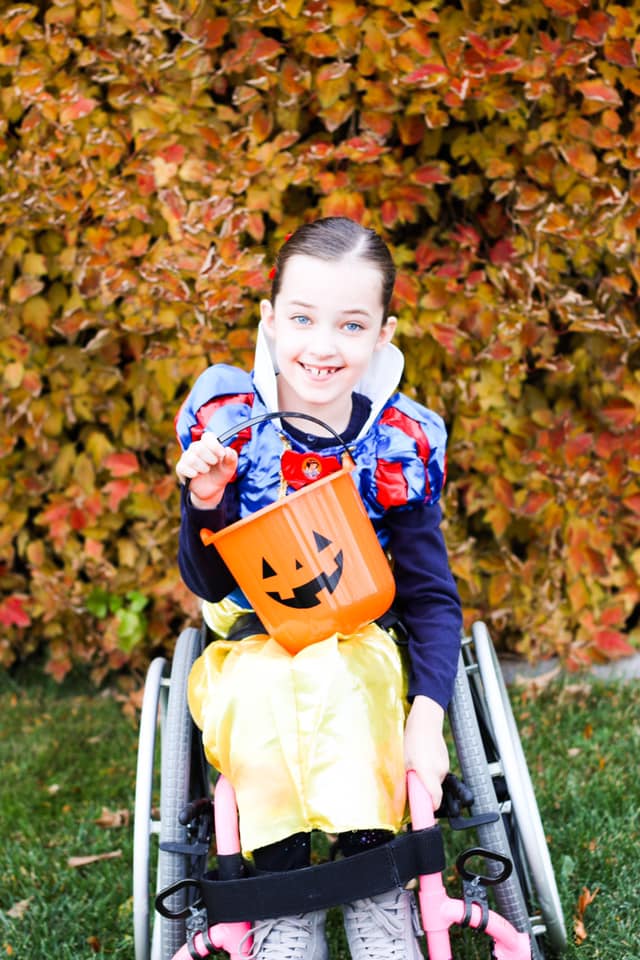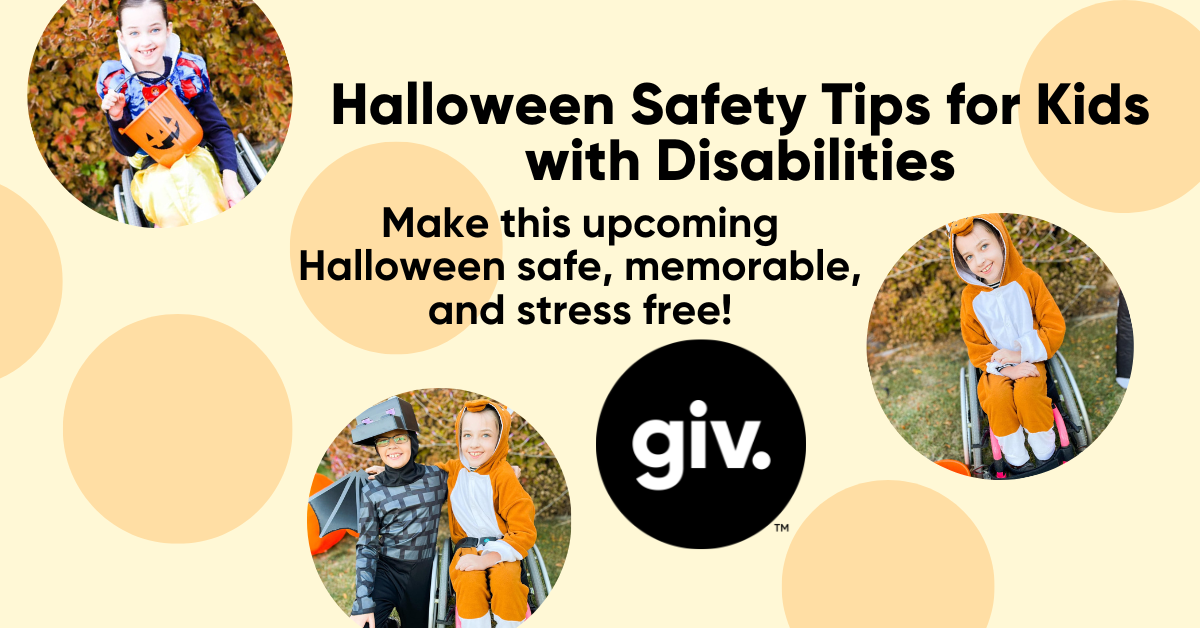Halloween is a time of excitement for kids, as they eagerly anticipate dressing up in costumes and embarking on a quest for candy. For children with disabilities, it can be an equally enjoyable experience with a few extra considerations. Ensuring Halloween safety for kids with disabilities is paramount to make this spooky holiday fun and memorable for everyone involved.
Halloween Safety for Kids with Disabilities
Before the big night arrives, careful planning can make all the difference in ensuring a safe and enjoyable Halloween for kids with disabilities.
Choose the Right Costume
Selecting an appropriate costume is the first step in ensuring Halloween safety for kids with disabilities. Opt for costumes that are comfortable, non-restrictive, and easy to put on and take off. Avoid masks that may obstruct vision or make breathing difficult. Instead, consider face paint or makeup as alternatives to complete the look.
Sensory-Friendly Costumes
For children with sensory sensitivities, consider costumes made from soft, comfortable fabrics and avoid those with scratchy materials or tight elastics. Costumes with minimal tags or seams can reduce discomfort.
Practice Dress Rehearsals
Before Halloween night, practice getting dressed in the costume a few times. This not only helps kids become more comfortable with their outfits but also ensures that parents or caregivers can easily assist when needed.
Plan the Trick-or-Treating Route
Familiarize yourself with the neighborhood or area where you plan to go trick-or-treating. Identify accessible routes, including wheelchair ramps and sidewalks, to ensure a smooth journey. If your child uses a wheelchair or mobility device, ensure it is in good working condition.

Halloween Safety on the Go
Once you’ve prepared for the night, it’s time to focus on Halloween safety for kids with disabilities while out and about.
Provide Proper Supervision
No matter the child’s abilities, it’s crucial to have appropriate supervision. Accompany your child throughout the trick-or-treating adventure to ensure they are safe and comfortable.
Carry Essential Supplies
Bring along a small bag with essentials such as snacks, water, any necessary medications, and communication tools if your child uses non-verbal communication methods. Being prepared can prevent unexpected challenges during the night.
Use Reflective Accessories
Incorporate reflective tape or accessories into your child’s costume to enhance visibility. This is particularly important during the darker hours of the evening when it can be challenging for drivers to see pedestrians.
Communicate with Neighbors
Before Halloween night, consider visiting neighbors or homes you plan to trick-or-treat at and inform them of your child’s specific needs. This can help create a supportive and accommodating environment.

Inclusive Halloween Activities
Make sure that your child can fully participate in the Halloween festivities with these inclusive activities.
Sensory-Friendly Halloween Parties
Many communities and organizations host sensory-friendly Halloween parties and events. These gatherings provide a safe and welcoming environment for children with sensory sensitivities to enjoy the holiday.
Virtual Costume Contests
If your child prefers to stay home, look for virtual costume contests and activities that they can participate in from the comfort of your own home. This way, they can still experience the joy of showing off their costume.

Wrapping Up a Safe Halloween
As the night draws to a close, it’s time to wind down and ensure a smooth transition back to the regular routine.
Check the Treats
Before indulging in any candy or treats, carefully inspect them for allergens or choking hazards. Ensure that all treats are safe for your child to enjoy.
Create a Relaxing Post-Halloween Routine
Returning home can be overwhelming for some children, so it’s important to establish a calming post-Halloween routine. This might include activities like reading a favorite book or watching a familiar movie.
Reflections on Halloween Safety for Kids with Disabilities
Halloween is a time for imagination and fun, and every child, regardless of their abilities, deserves to be part of the celebration. By taking proactive steps to ensure Halloween safety for kids with disabilities, parents and caregivers can help make this holiday inclusive and memorable for everyone.
In conclusion, Halloween should be a time for all children to enjoy, and with thoughtful planning and consideration, it can be a fantastic experience for kids with disabilities. From choosing the right costume to ensuring a safe trick-or-treating experience and engaging in inclusive activities, every step counts in making this spooky holiday an unforgettable and safe adventure for your child. Remember that Halloween is about more than just candy; it’s about creating cherished memories and fostering a sense of belonging for every child, regardless of their abilities. Happy Halloween!






